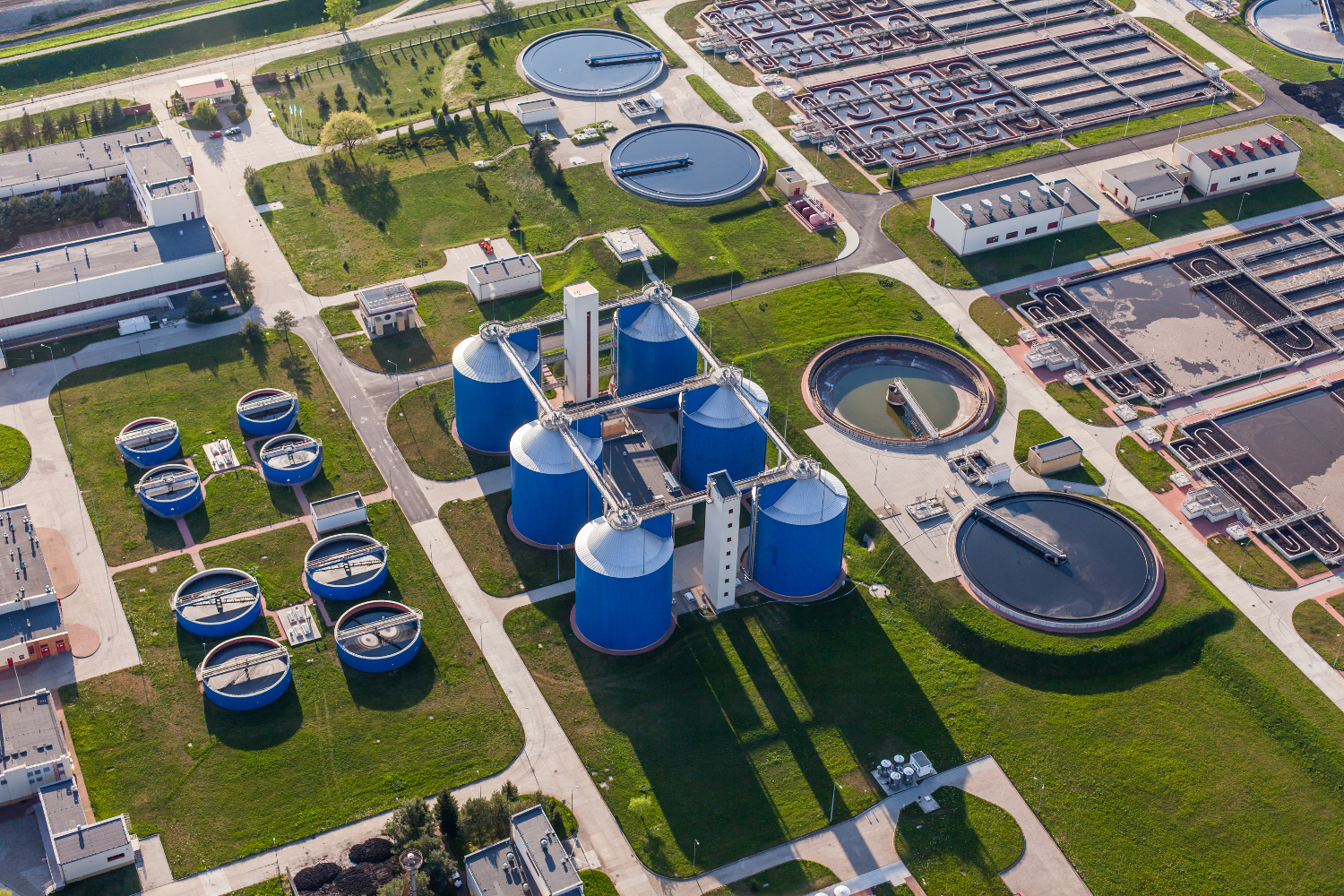As per aforementioned, in order to obtain a total recovery of the water it is necessary to separate salts from water through a membrane separation process by means a Reverse Osmosis system.
Before to be sent to a Reverse Osmosis system, water outlet from the clarifier pass through the following pre-treatments:
1. Reverse osmosis pre-treatments
1.1 Softening plant
One of the most important water quality parameters in industrial applications is the hardness.
This is the sum of Ca2+ and Mg2+ ions which are present in the water. In addition to the problem of fouling caused by carbonates, the hardness of water can affect the work processing dramatically, especially the dye works.
In the dye works the hardness must be as low as possible in order to avoid following consequences:
- during washing: remarkable increase of required detergent quantity.
- during bleaching: bleaching efficiency reduction due to hardening of fabric surface and consequent problems in the dyeing steps.
- during dyeing: dyestuffs quantity increases due to their alteration; moreover the bi-carbonates can damage the fibbers and reduce the fastness to rubbing test.
- during the exhaustion step: the resin becomes progressively bound with Ca and Mg thus it is called exhausted resin.
The regeneration occurs as follows:
REGENERATING -> EXHAUS. RESIN -> RIGEN. RESIN -> DISCHARGE
2HCl + Resin = Ca = Resin = H + CaCl2
2HCl + Resin = Mg = Resin = H + MgCl2
In case of medium hardness (i.e. 200 – 350 ppm of CaCO3) with 200 gr. of NaCl / lt of resin the outflow hardness is 5 ppm of CaCO3.
System automatism
The feeding pumps run between two storage levels. The regeneration can be started in the following ways:
- By manual input: by pushing a starting button on the switchboard.
- By flow meter signal: the softened water flow meter sends a signal to PLC on the switch- board; when the pre-set threshold is achieved the PLC effects the regeneration. In the present case each softener is equipped with a flow meter for this purpose.
- By hardness meter signal: as soon the hardness threshold is achieved a signal is sent to the PLC which causes the regeneration to start.
The regeneration steps are as follows:
A) Back washing of the filter with raw water (about 30 minutes)
B) Regeneration (about 30 minutes)
C) Slow washing with raw water (about 30 minutes)
D) Fast washing with raw water (about 30 minutes)
1.2 Degaser
Degasing is a process which allows carbon dioxide removal that is present in the water. It is obtained by means of a degassed tower realized in polypropylene which uses rashing- type- rings, also realized in polypropylene, as filling material.
The aeration of the column is obtained by means of air blowing from the bottom by means of a centrifugal fan complete of a butterfly valve for the flow adjustment. The condensation stage of the outlet air from the tower is realized by means of a labyrinth deminster. The degassed water is stocked in a storage tank and then repumped in the circuit.

